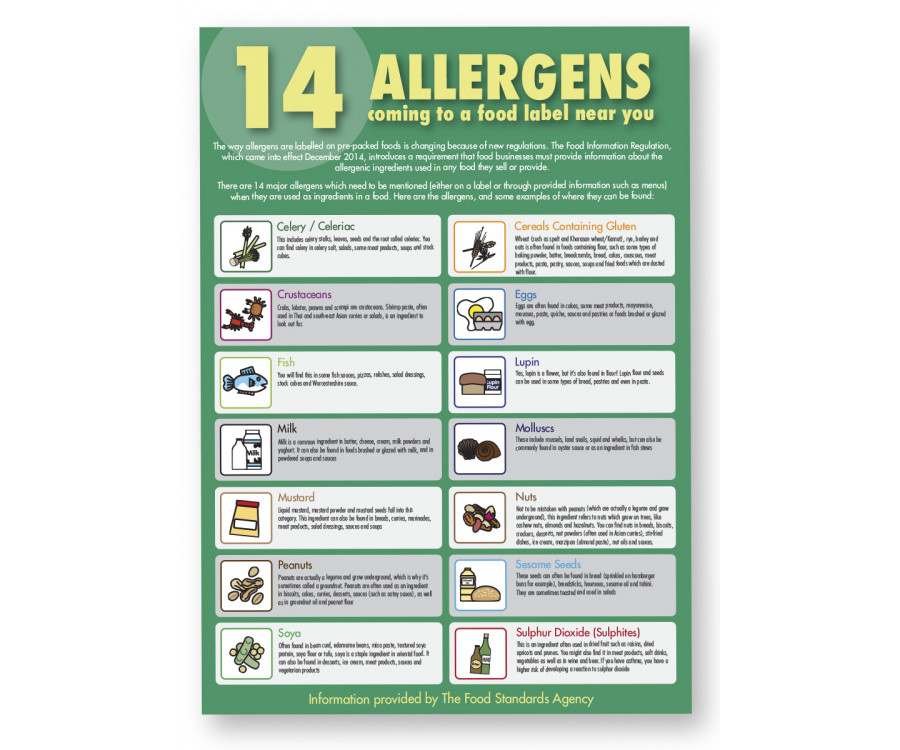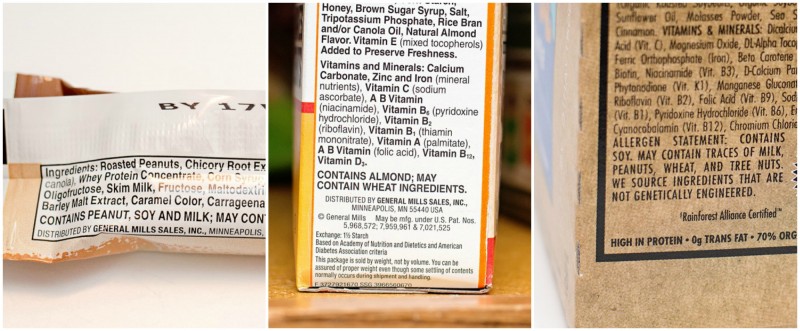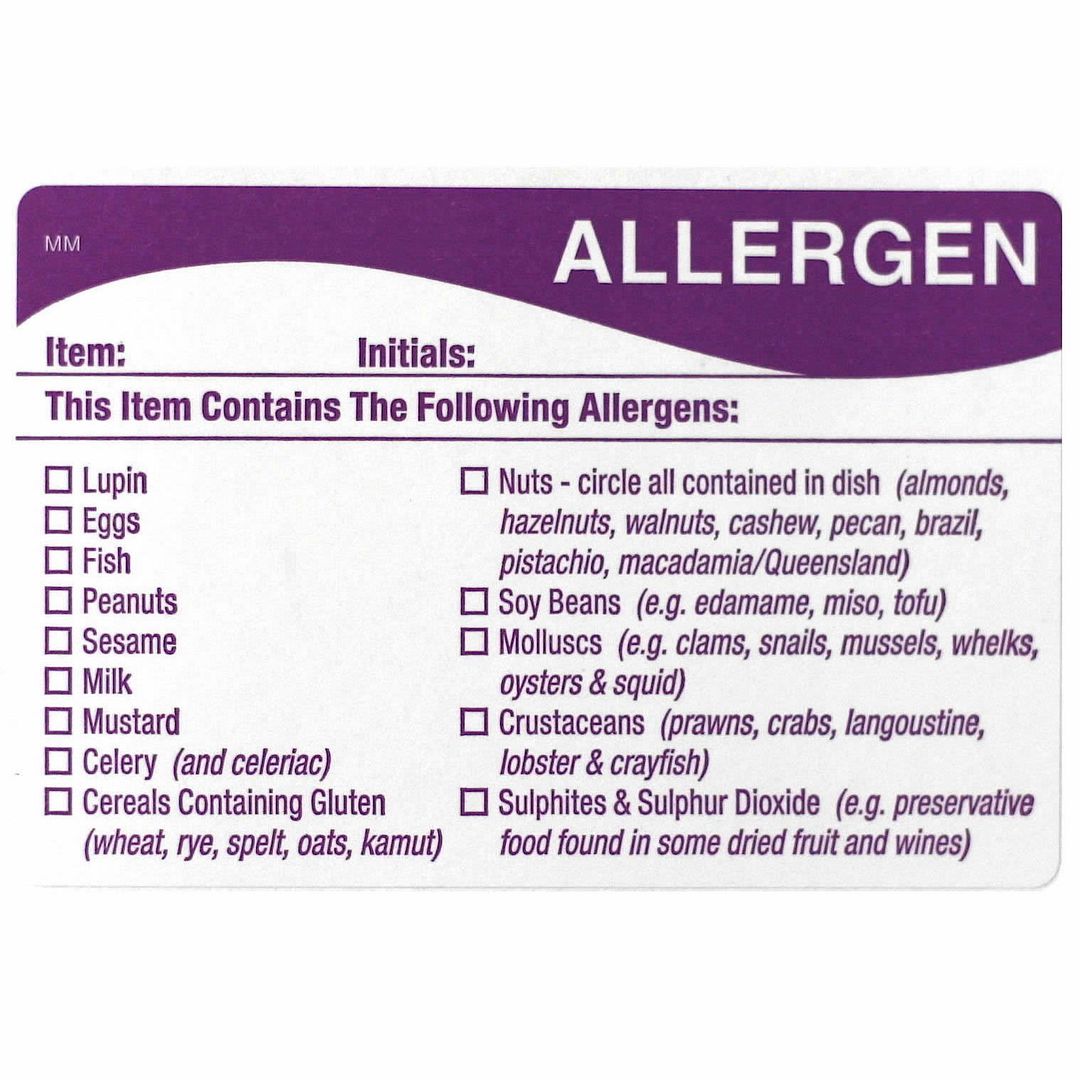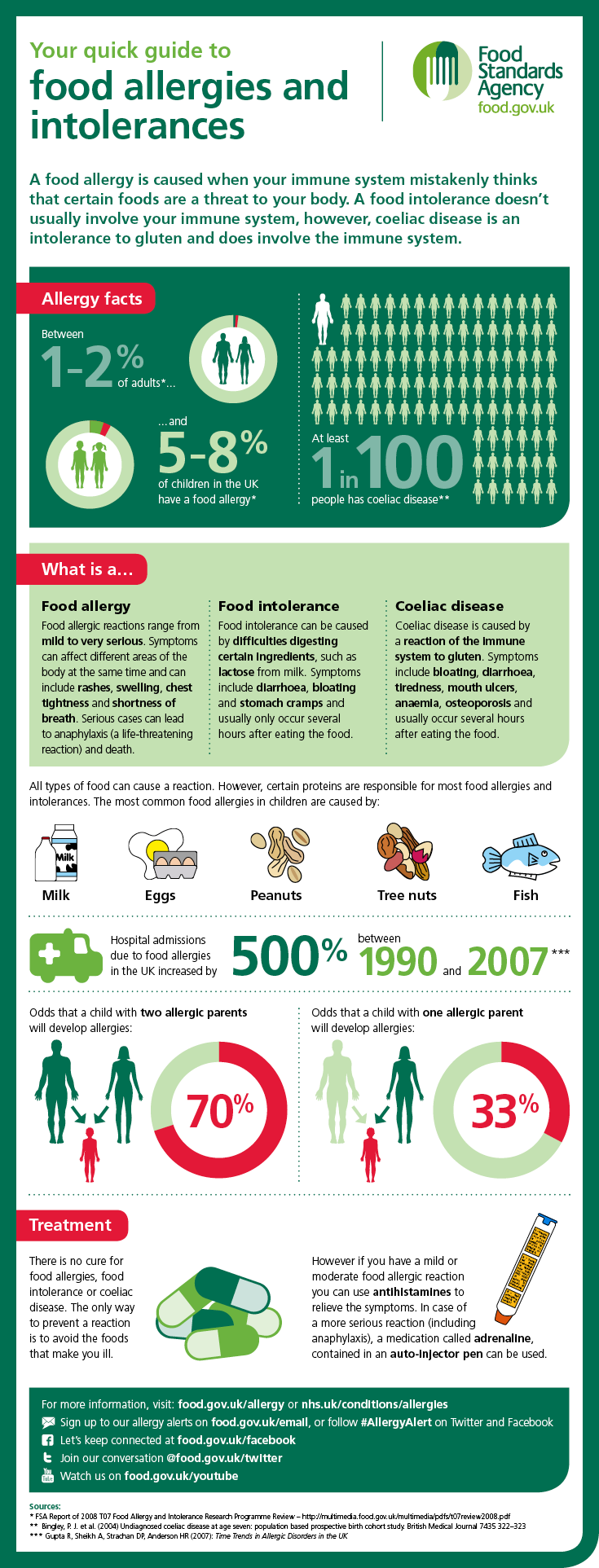40 allergens required on food labels
Major Food Allergen Labeling for Wines, Distilled ... - TTB consistent with the provisions of the food allergen labeling and consumer protection act of 2004, falcpa, the interim rule defines a "major food allergen" to mean any of the following: milk, egg, fish (for example, bass, flounder, or cod), crustacean shellfish (for example, crab, lobster, or shrimp), tree nuts (for example, almonds, pecans, or … PDF Food allergen labelling and information requirements FSA Food Allergen Labelling and Information Requirements: Technical Guidance - June 2020 . 9 . on food businesses to label PPDS food with a list of ingredients containing emphasised allergens bringing the provision of allergen information in line with labelling for prepacked food, reducing consumer confusion. 18.
FDA declares sesame the 9th major food allergen ... FDA declares sesame the 9th major food allergen. The FDA has added sesame as the first new allergen required to be labeled since the original 8 major allergens were introduced in 2004. Under the FASTER Act of 2021, sesame is the 9th major food allergen required to be labeled effective January 1, 2023. This […]
Allergens required on food labels
Allergen Labelling Changes: Are your Labels updated ... Any food that contain one of the eight allergens viz., Cereals containing gluten, Crustacean, Milk, Egg, Fish, Peanuts and tree nuts, Soybeans and Sulphite in concentrations of 10 mg/kg or more as an ingredient should have an allergen declaration on the label. The only exception from allergen labelling is raw agricultural commodities. Understanding the FDA Food Allergen Labeling Requirements Are We Required to List Allergens on Our Food Labels? Yes, manufacturers need to declare the presence of allergens in their product if it has any. It is required by law under the Food Allergen Labeling and Consumer Protection Act, which is simply known as "FALCPA." Food allergies occur when some types of food trigger an immune reaction. Food Allergies | FDA Major Food Allergens Congress passed the Food Allergen Labeling and Consumer Protection Act of 2004 (FALCPA). This law identified eight foods as major food allergens: milk, eggs, fish, shellfish,...
Allergens required on food labels. P1044 - Plain English Allergen Labelling - Food Standards The Australia New Zealand Food Standards Code (the Code) requires these to be declared on labels when they are present in food. On 25 February 2021 the Code was amended to introduce new requirements for the labelling of allergens in food. These requirements include that allergen information is to be declared: Must allergens be declared on labels? Yes. All food products containing two or more ingredients are required by federal regulations to bear an ingredients statement listing all ingredients by common or usual name in descending order of predominance. Must allergens be declared on labels? Food Allergy & Anaphylaxis | Food Labeling | Food Labels Only crustacean shellfish (e.g. crabs, shrimp, lobster, or crayfish) and not mollusks (eg. clams, mussels, scallops, or squid) are required to be labeled on packaged goods. The labeling law applies only to foods regulated by the FDA. Allergen labelling - Food Standards Some foods and food ingredients or their components can cause severe allergic reactions including anaphylaxis, which is why declaring allergens is important. These are the most common foods that can cause allergic reactions in Australia and New Zealand: peanuts tree nuts milk eggs sesame seeds fish shellfish soy lupin wheat.
Food Allergy & Anaphylaxis | Food Labeling | Food Allergen ... Examples of Allergen Labeling FALCPA creates a mechanism for companies to obtain an exemption from allergen labeling requirements where: 1) scientific evidence establishes that a food ingredient does not contain allergenic protein, or 2) the FDA determines that the ingredient does not cause an allergic response that poses a risk to human health. Allergens: Where Food Safety and Labeling Intersect The simple answer is that they mandate that food labels clearly disclose the presence of allergens, so that allergic consumers can avoid the foods that can kill them. The viability of this solution depends on strict compliance by the food industry with the requirement of label disclosure. Food Allergen Labelling - Canada.ca Based on consultations with stakeholders, including allergy associations and the medical community, Health Canada developed amendments to the Regulations to enhance labelling requirements for specific priority allergens, gluten sources and added sulphites in prepackaged foods sold in Canada. How to Make Sense of Allergy Warning Labels on Foods - GoodRx Although over a hundred different foods are known to cause allergies, these eight account for over 90% of cases of food allergies: 1. Cow's milk 2. Eggs 3. Fish 4. Shellfish 5. Tree nuts 6. Peanuts 7. Wheat 8. Soybeans All foods that the FDA regulates are required to identify these eight major food allergens.
FDA: Food Labels Must List Allergens - WebMD Manufacturers are required to identify in plain English the presence of ingredients that contain protein derived from the following: Milk Eggs Fish Crustacean shellfish (like shrimp) Tree nuts... TTBGov - Major Food Allergen Labeling TTB has published an interim rule, effective July 26, 2006, allowing the voluntary labeling of major food allergens on the labels of wines, distilled spirits, and malt beverages. The regulatory provisions allowing the voluntary labeling of major food allergens are contained in T.D. TTB-53, published in the Federal Register on July 26, 2006. Allergen labelling for food manufacturers | Food Standards ... 14 allergens If your product contains any of the main 14 allergens as an ingredient or processing aid, it must be included on the label. The 14 main allergens are: celery cereals containing gluten... Allergen Labeling Requirements - Fortress Nutrition ... Allergen Labeling Requirements. ... Any consumer products that might contain allergens or traces of common allergens are legally required to contain labeling that states it. This includes food and medicine and includes any product which might border on these items. In addition, that includes ones that are found outside the kitchen.
Requirements - List of ingredients and allergens on food ... Food allergens, gluten and added sulphites do not have to be declared when present in prepackaged products that are exempt from bearing a list of ingredients under B.01.008(2)(a)-(e) of the FDR (for example, items 1 to 5 in the list above), unless a list of ingredients is voluntarily shown on the product's label [B.01.010.1(4), B.01.010.2(4), FDR].
Food Labels: Read It Before You Eat It! Ingredients of these most common eight allergens must be labeled with clearly recognized English names of the food source as listed above. The "contains" statement is "voluntary", but if used, must include ALL of the allergenic ingredients from the list of eight allergenic sources as described in item 14 of the 2006 guidance document.
How to Read a Food Label | Food Allergy Research & Education Starting Jan. 1, 2023, allergen labeling of sesame will be required under the Food Allergy Safety, Treatment, Education and Research (FASTER) Act of 2021. Ingredients and manufacturing processes can change without warning. Make a habit of carefully reading labels to ensure you avoid any potential allergens. "May Contain" Statements
Food Labeling | Food Allergy Research & Education Food labels need to be accurate and truthful to help people with food allergies stay safe. Issues can arise when companies change the way they manufacture a food—or when they occasionally make mistakes. As of 2016, the U.S. Food and Drug Administration (FDA) has the authority to initiate allergen-related recalls.
Allergen declarations, warnings, and advisory statements ... In February 2021, the Australia New Zealand Food Standards Code (the Code) was amended to introduce new requirements for the labelling of allergens in food. These plain English allergen labelling changes will help people find allergen information on food labels more quickly and easily so they can make informed and safe food choices.
Allergen Labeling Requirements — FDA Reader Packaged foods for sale in the US which were labeled after January 1st, 2006 must have an allergen statement. This includes single-ingredient packaged foods (i.e. canned tuna) Fresh fruits and vegetables do not require an allergen statement.
Food Allergen Labeling Law Requirements and Exceptions Tree nuts (e.g., pecans and almonds) Peanuts Wheat, and Soybeans According to the FDA, these are the allergens that cause the most problems in the U.S. Foods that contain these allergens need to list them in the ingredients label on the package. In addition, manufacturers must use use the "common or usual name" of the allergen.
Have Food Allergies? Read the Label | FDA milk egg fish, such as bass, flounder, or cod crustacean shellfish, such as crab, lobster, or shrimp tree nuts, such as almonds, pecans, or walnuts wheat peanuts soybeans The law requires that food...
PDF Allergen Labeling on Food Products Allergen declaration is required on products regulated by the Food and Drug Administration (FDA), U.S. Department of Agriculture (USDA), and state regulatory authorities (e.g., Mississippi Department of Agriculture and Commerce, Mississippi State Department of Health, Mississippi Department of Marine Resources).
Food Allergen Labeling: Helpful Hints To Manage "May ... The Food Allergen Labeling And Consumer Protection Act (FALPCA) is a Food and Drug Administration (FDA) mandate that all food must be labeled if it contains one of the eight major food allergens. Manufacturers are also advised to have conscientious manufacturing p ractices in place to avoid cross - contact between allerg ens .
Food Allergies | FDA Major Food Allergens Congress passed the Food Allergen Labeling and Consumer Protection Act of 2004 (FALCPA). This law identified eight foods as major food allergens: milk, eggs, fish, shellfish,...
Understanding the FDA Food Allergen Labeling Requirements Are We Required to List Allergens on Our Food Labels? Yes, manufacturers need to declare the presence of allergens in their product if it has any. It is required by law under the Food Allergen Labeling and Consumer Protection Act, which is simply known as "FALCPA." Food allergies occur when some types of food trigger an immune reaction.
Allergen Labelling Changes: Are your Labels updated ... Any food that contain one of the eight allergens viz., Cereals containing gluten, Crustacean, Milk, Egg, Fish, Peanuts and tree nuts, Soybeans and Sulphite in concentrations of 10 mg/kg or more as an ingredient should have an allergen declaration on the label. The only exception from allergen labelling is raw agricultural commodities.














Post a Comment for "40 allergens required on food labels"